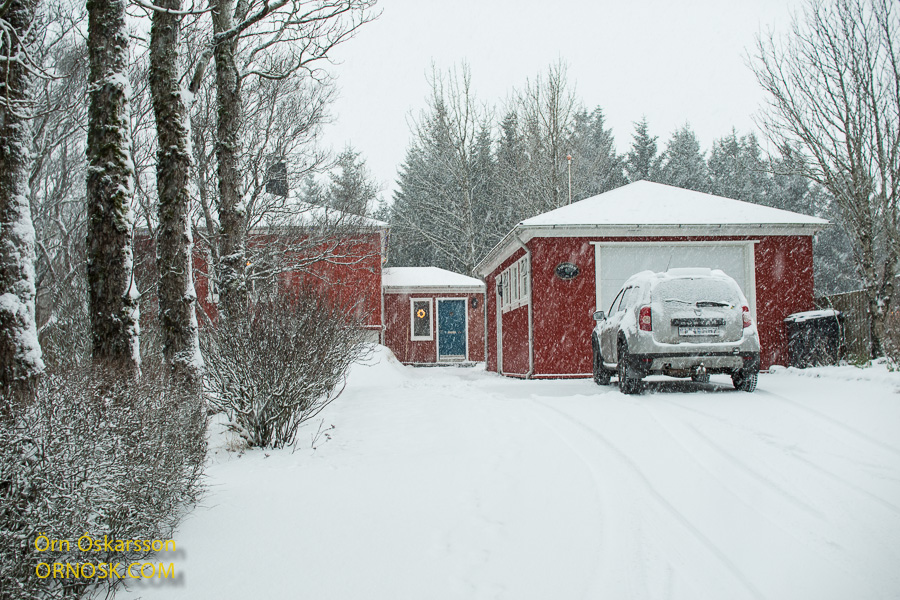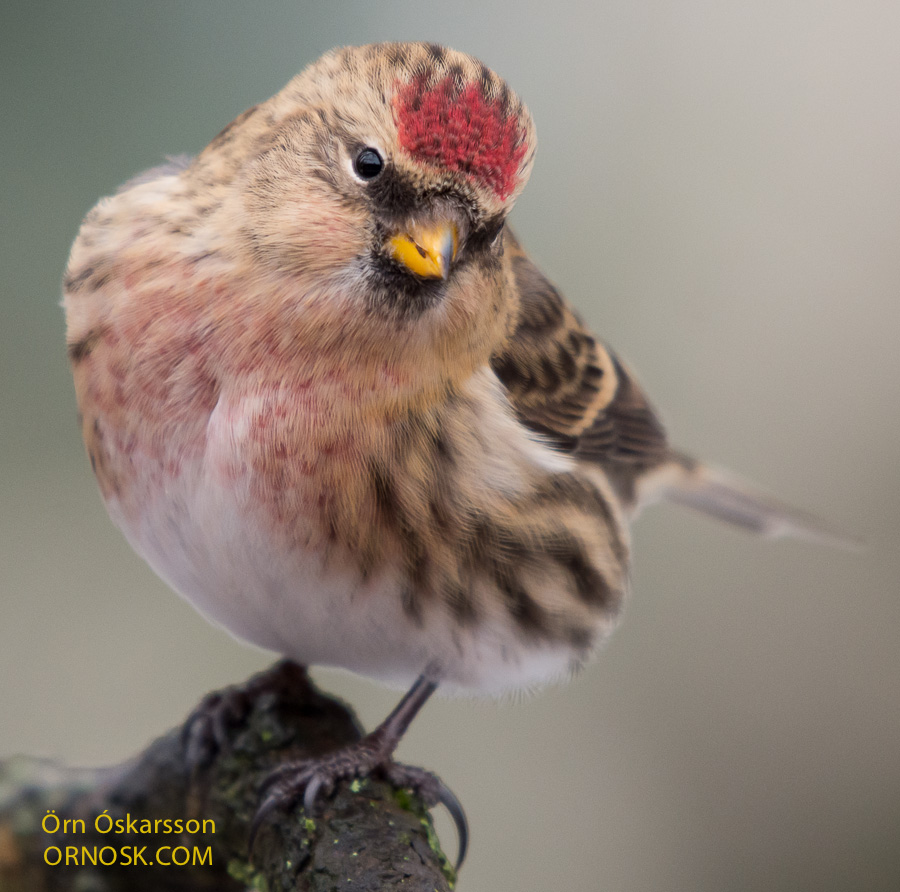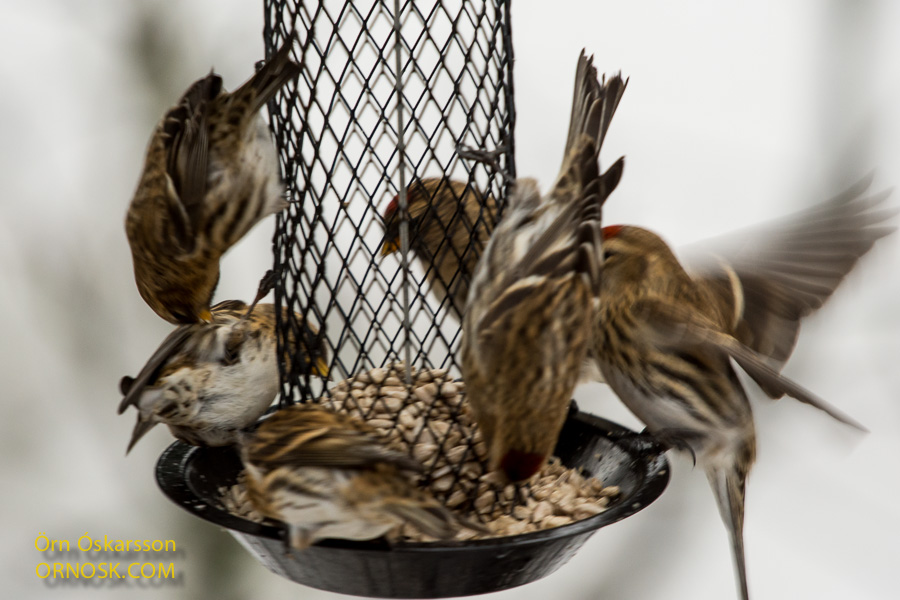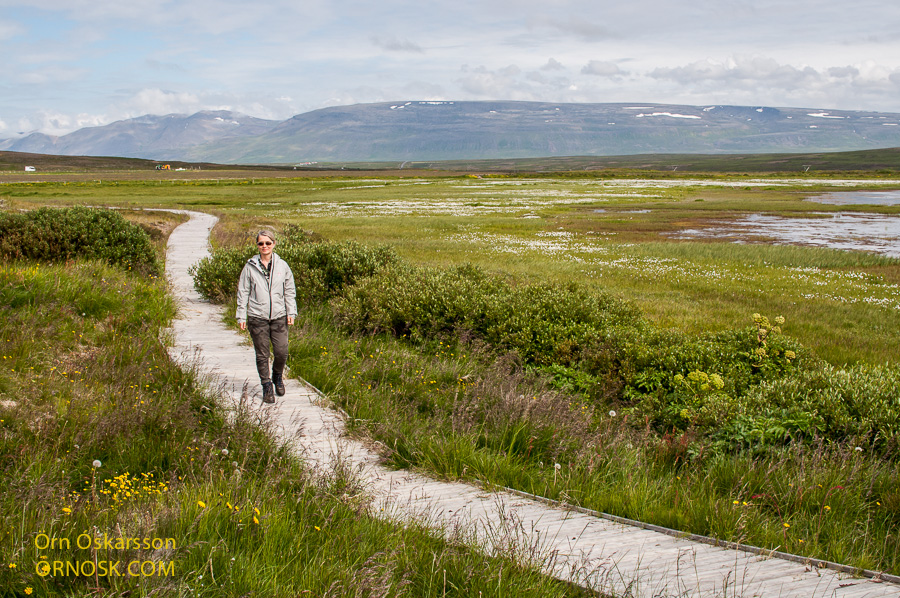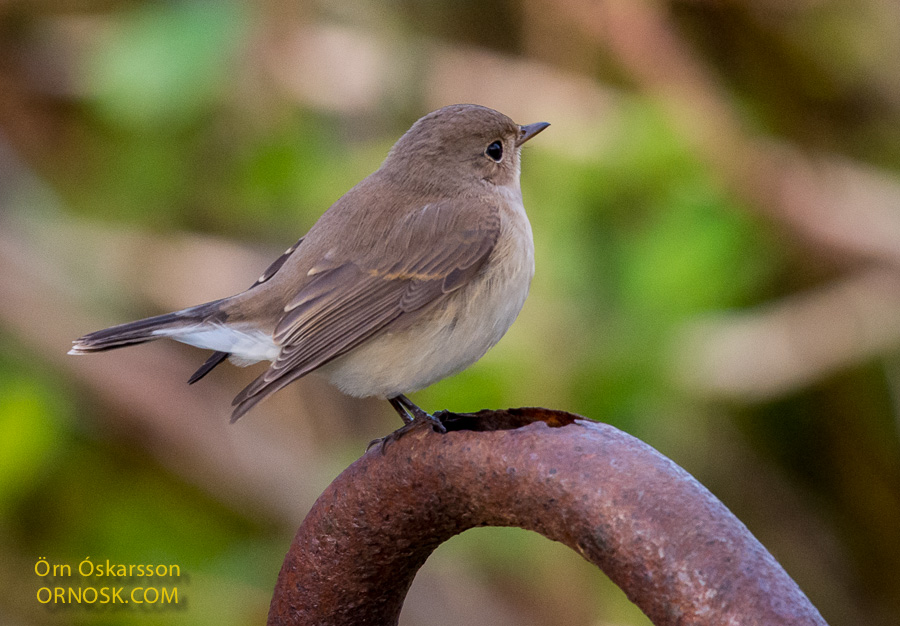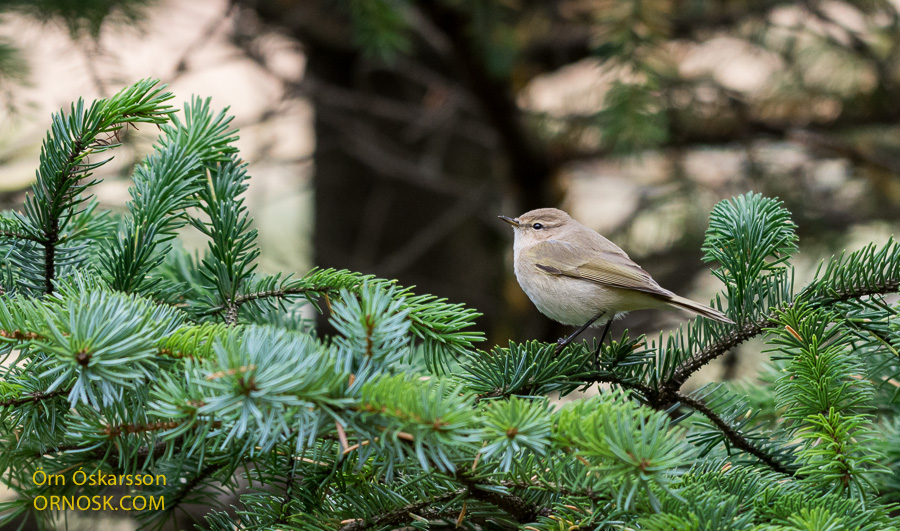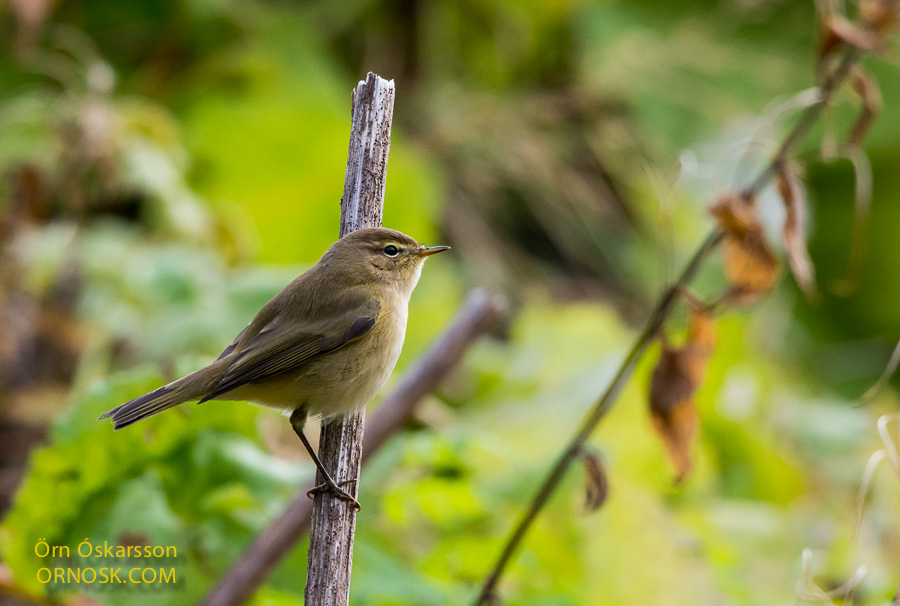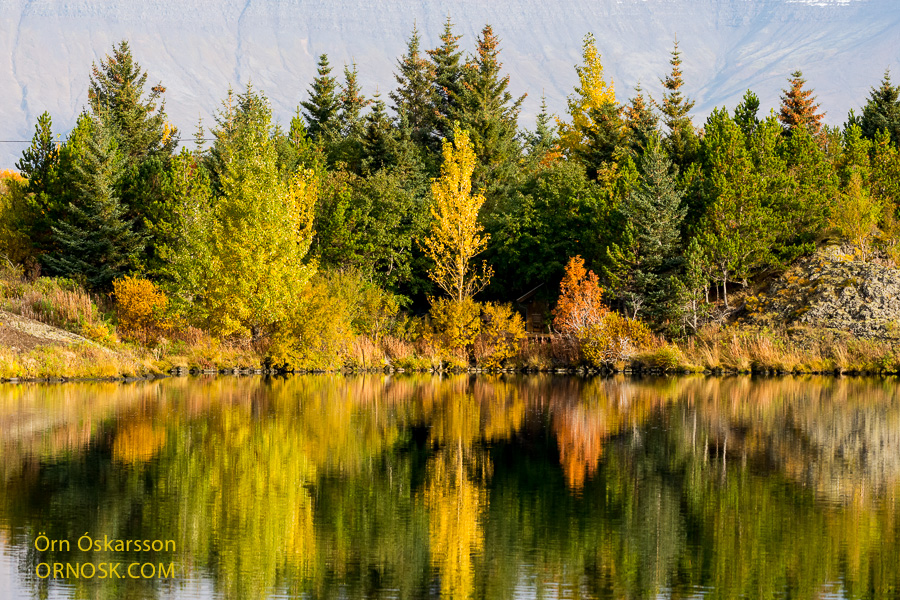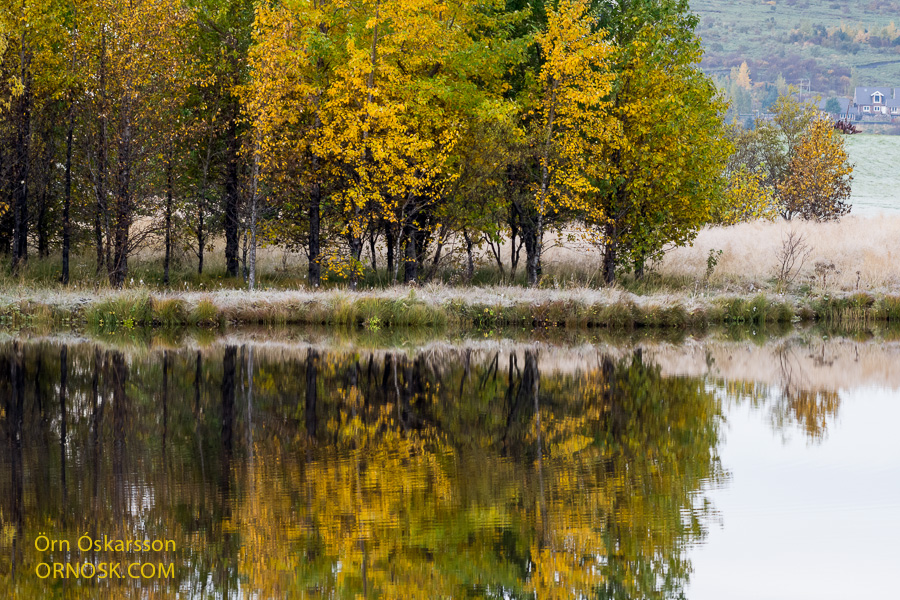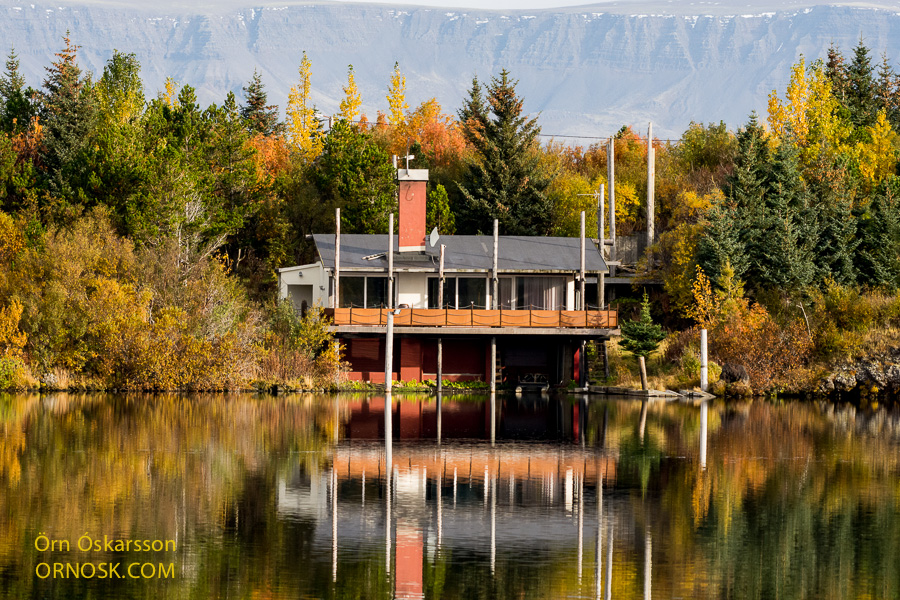Today was the shortest day of the year, winter solstice. The sun rose at about 11.15 and will set at around 15.30. It was a beautiful day, with intermittent snowfall and some blue skies could even be seen during the brightest time of the day. The weather forecast predicts a White Christmas and today was one of these perfect days to get into a Christmas mood.
No two are the same
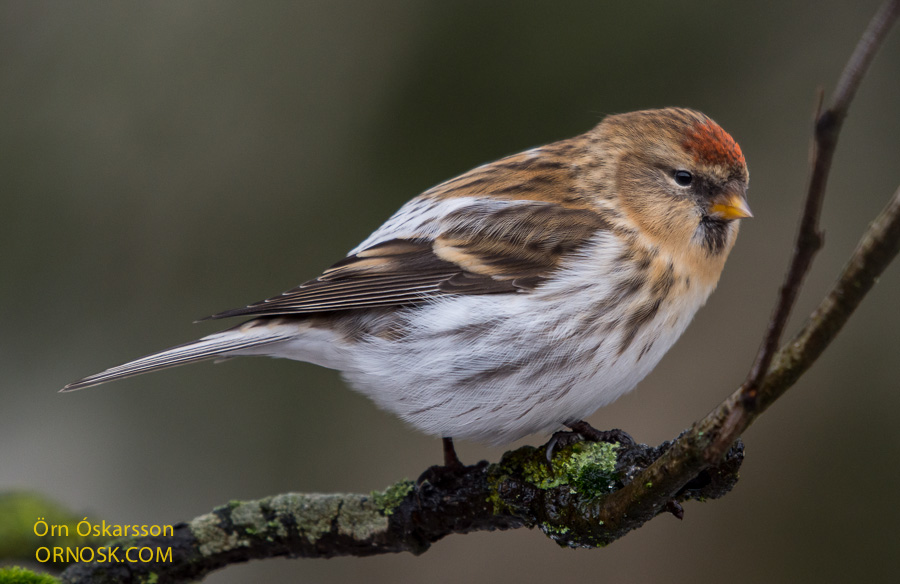
After a few years decline the Redpoll population seems to have grown considerably. The summer was extra warm and huge flocks are now seen in gardens and forests. Today there were 80 of them here in the garden.
They are feeding on sunflower seeds that we put out for them. Sunflower seed attracts a wide variety of birds into gardens. It is interesting to study the Redpolls different colour variations, no two are the same.
Gauksmýri – bird watching
Gauksmýri is in the western part of North Iceland, in the county Húnavatnssýsla. Near the farm, by the same name, is a birdwatching location where wetland has been restored. The birdlife there is colourful and diverse.
On your way North it is ideal to visit the bird watching house by the pond. There you will find some binoculars and birding guidebooks. 35 different bird species have been spotted there, e.g. swans, ducks, geese, horned grebes to name a few.
Four Blackcaps
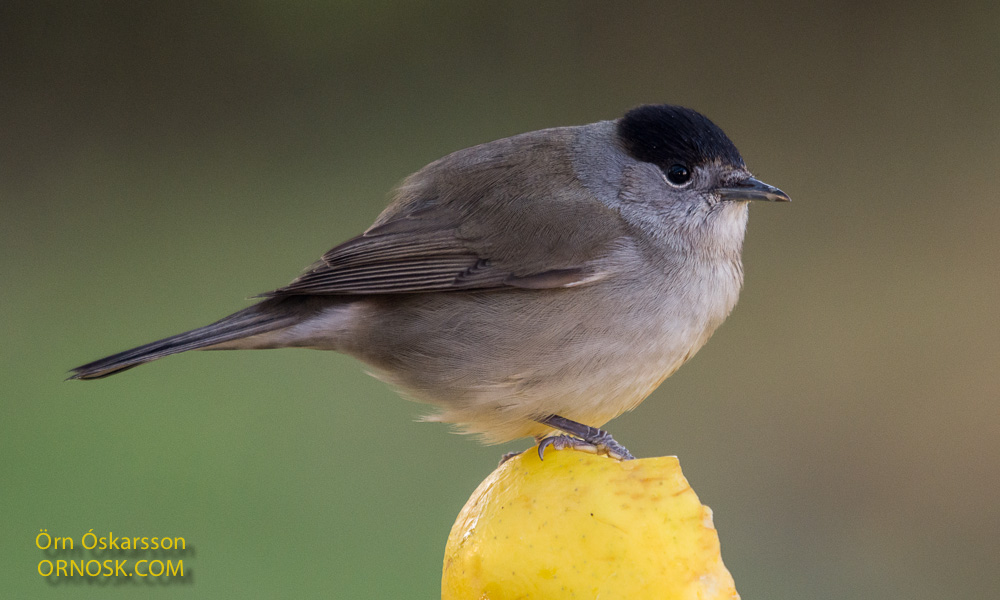
Blackcaps are annual guests and this autumn they appeared here on October 28. First there were two of them but today they are four, three males and one female bird. The male has a black cap and the female has a brown one.
They are eating small berries from schrubs and apples that we fix on branches of trees or lay out on the ground.
Wrong destination – Iceland
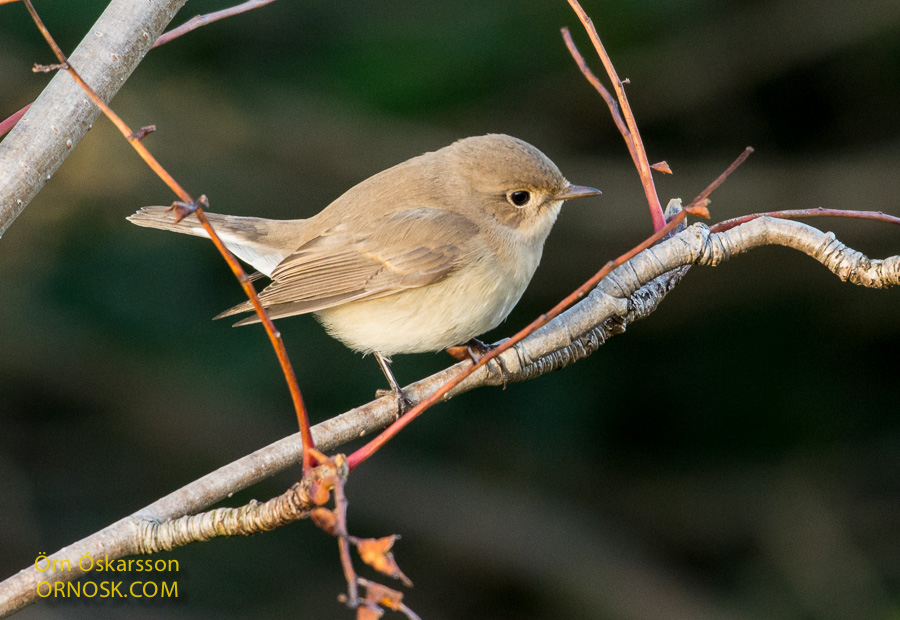
We have had endless rains and southeasterly storms in the last few weeks. With these quite a number of small European birds have been blown over here. This is not uncommon but this autumn is special because we have also had vagrants from Asia. The Red-breasted Flycatcher is one of these. It is originated all the way from Eastern Europe and Siberia. Its winter grounds are in Asia and instead going there it ended up in the North, in Iceland.
This bird was spotted in some shrubs in a garden near Vík in Mýrdalur, Southeast Iceland. This is a new bird for me! X
Selfoss from high up
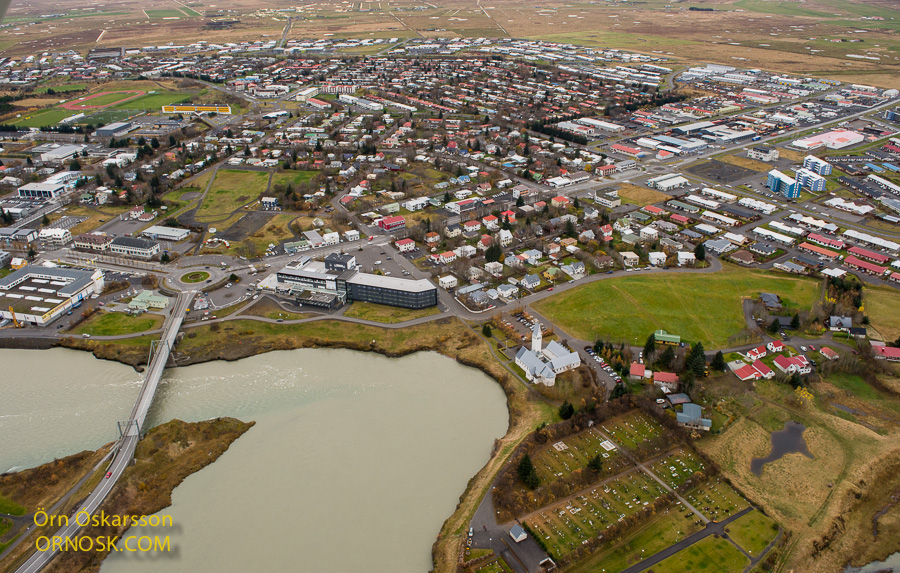
Selfoss is the biggest town in the south of Iceland about 50 km southeast of the capital Reykjavík. It is in the vicinity of some of the most popular scenic attractions such as Thingvellir, Geysir and Gullfoss.
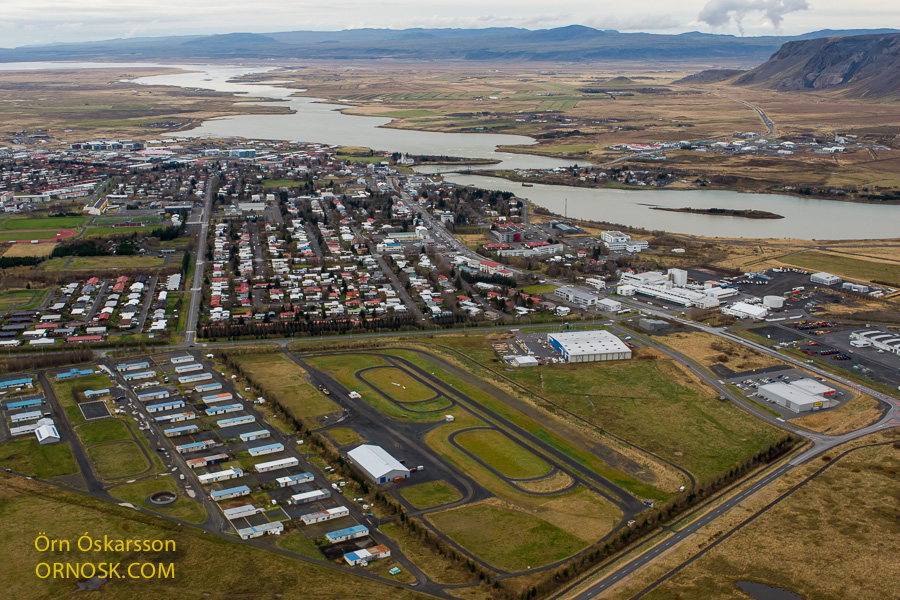
It is also the civic center for the region with a hospital, swimming pool, banks, supermarkets, library, high school e.t.c. The number of inhabitants is around 7 thousand.
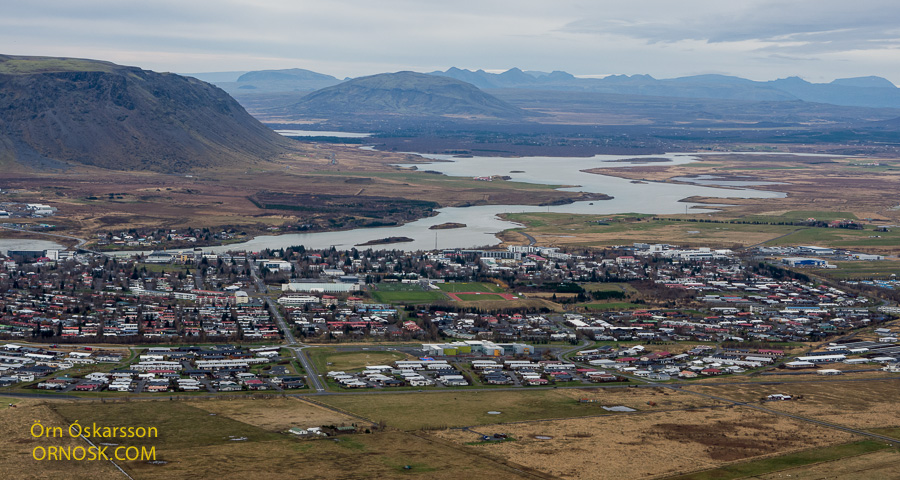
The pictures are from last weekend when a friend took me for a spin.
Common Chiffchaffs from Europe and Siberia
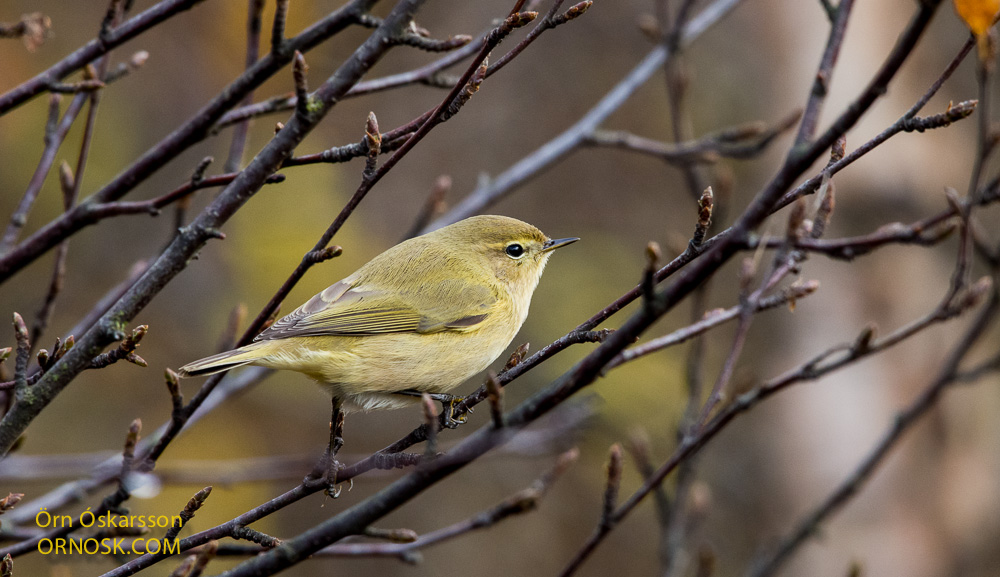
In the last few days a lot of Common Chiffchaffs have been spotted in Iceland, especially in the South and the Southeast. These are birds who have been swept out to sea by strong winds from Western Europe, some of them coming from as far as Siberia. They are annual vagrants in Iceland.
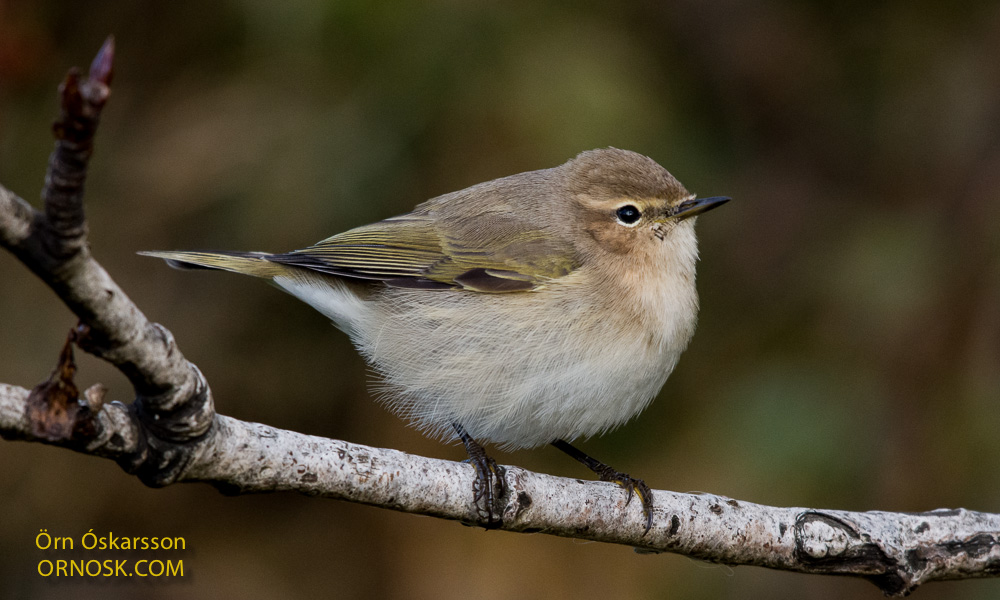
There is some variations between birds from different parts of Eurasia. The European ones are more yellow than the Siberian ones and the birds from northerly regions are paler than the ones from the southerly regions.
In the last few days I have seen 19 Common Chiffchaffs in South Iceland.
Berries for all meals
Earlier in the autumn Thrushes and Starlings preferred bilberries (Icelandic blueberries) and crowberries but now they have come into the towns and gardens to eat.
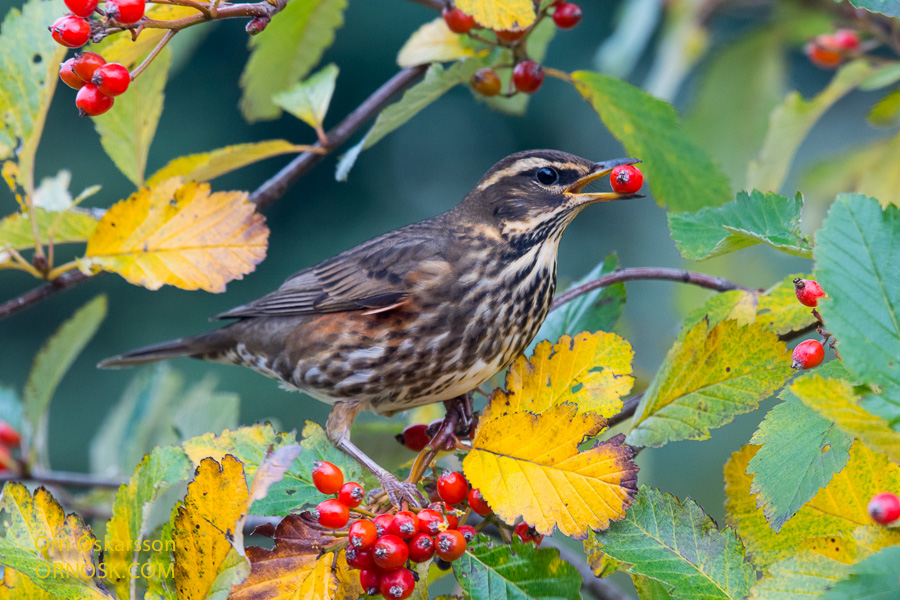
They are busy eating berries from the Rowans and some other garden shrubs.
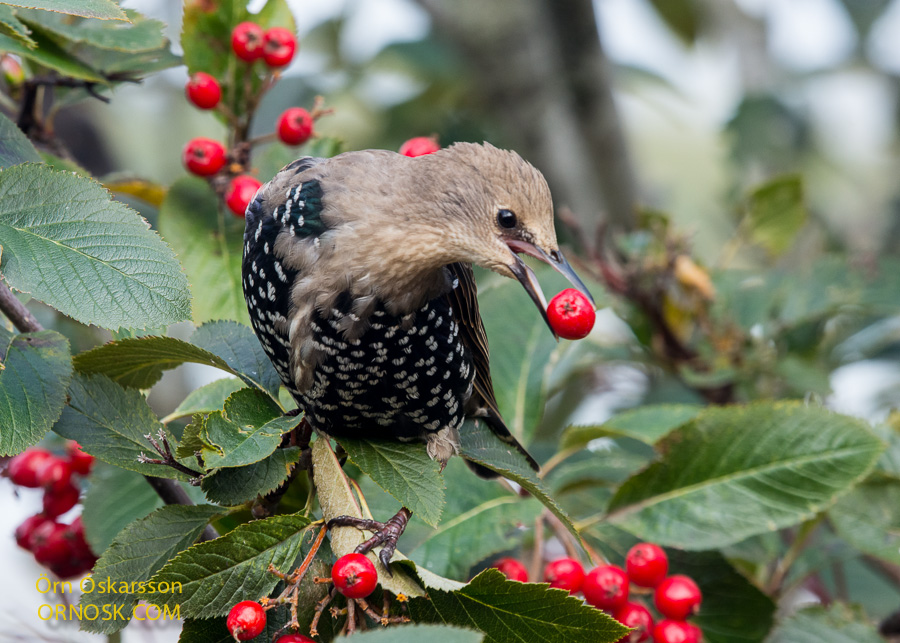
Tranquility
The autumn is a tranquil time of year. When summer comes to an end in the Northern Hemisphere the trees shed their leaves. This is their way of surviving the cold winter. The leaves change colour becoming yellow, orange and red, as nutrients are moved to the roots for reuse next spring.
In warmer parts of the world trees shed their leaves on the onset of the dry season. The shedding of leaves is a mechanism to survive cold or dry weather.
Summer birds still around
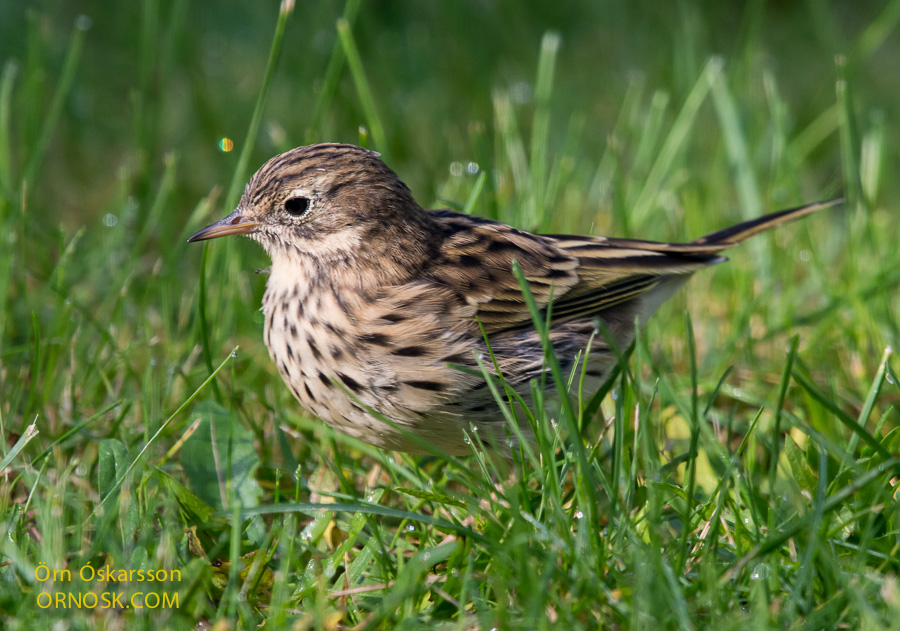
There are still some summer birds around although most have migrated to warmer climates. The weather has been exceptionally good, no harsh autumn winds yet and the temperature a bit higher than the average. No need to rush when life is so good.
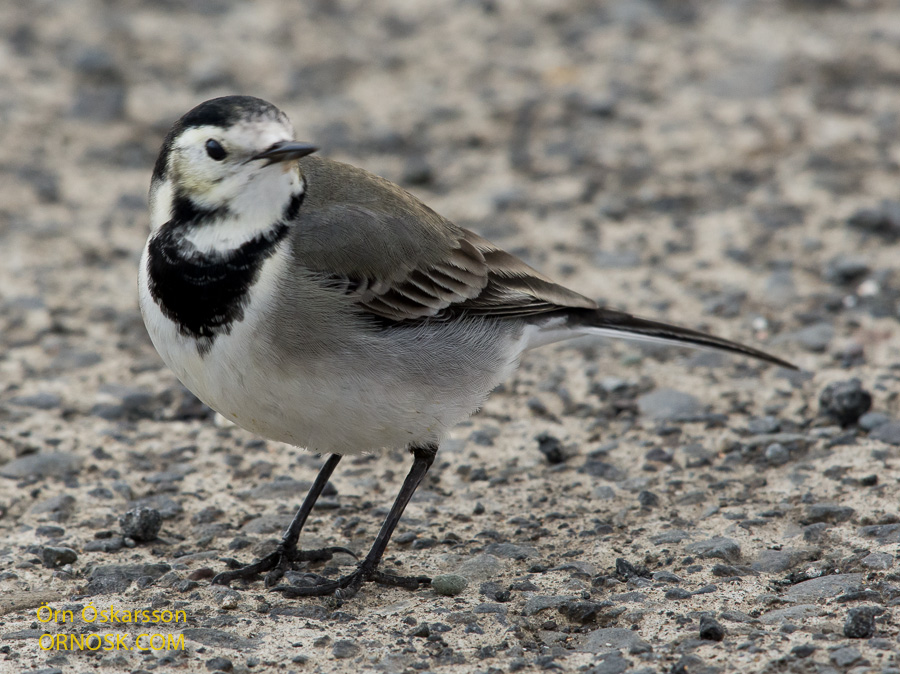
These are two of the guests that still honour us with their presence.

